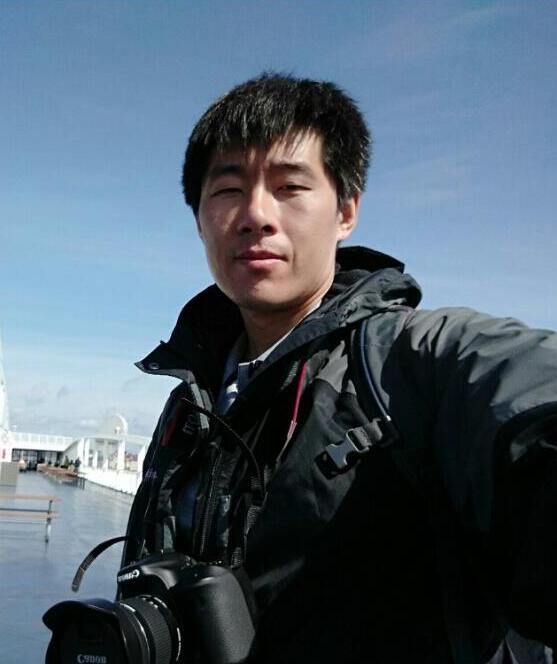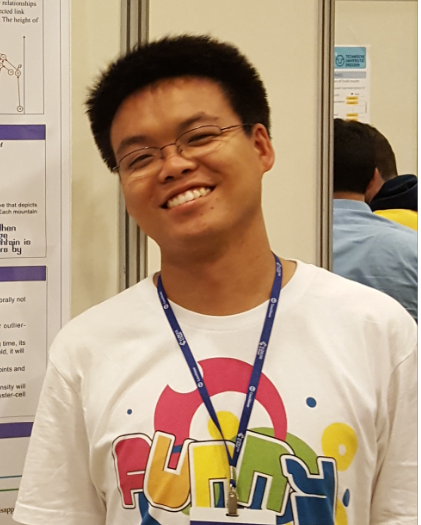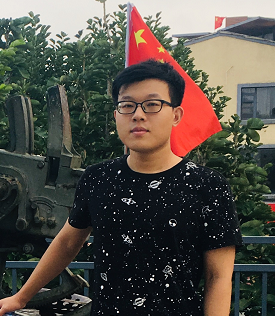Tutorial 1: Neighborhood Query Processing and Surrounding Objects Retrieval in Spatial Databases
Time: 9:00-12:00 September 20, 2020
Dr. Md.Saiful Islam, Griffith University
Abstract:A nearest neighbourhood query (NHQ) retrieves the closest group of collocated objects from a spatial database for a given query location. On the other hand, a reverse nearest neighborhood query (RNHQ) returns all groups of collocated objects that find the given query nearer than any other alternatives. Both NHQ and RNHQ queries might have many practical applications including on demand facility placement and smart urban planning. This tutorial also introduces another query, called direction-based spatial skyline query (DSQ), for retrieving surrounding objects from a spatial database for a given user location. The retrieved objects are not dominated by other data objects in the same direction w.r.t. the query. A DSQ query is not only rotationally invariant, but also fair and stable. Like NHQ and RNHQ queries, retrieval of surrounding objects has many applications such nearby point-of-interests retrieval surrounding a user and digital gaming. This tutorial presents the challenges, algorithms, data indexing and data pruning techniques for processing NHQ, RNHQ and DSQ queries in spatial databases. Encouraging experimental results and future research directions in NHQ, RNHQ, DSQ queries and their variants are discussed.
Biography:Dr. Md. Saiful Islam is a Lecturer in the School of Information and Communication Technology, Griffith University, Australia. Before joining Griffith, he was a Research Fellow in the School of Engineering and Mathematical Sciences, La Trobe University, Australia from May 2016 to January 2017 and Research Associate in the Department of Computer Science and Software Engineering at Swinburne University of Technology from November 2013 to April 2016. He has finished his Ph.D. in Computer Science and Software Engineering from Swinburne University of Technology, Australia in February 2014. He has received his BSc (Hons) and MS degree in Computer Science and Engineering from University of Dhaka, Bangladesh, in 2005 and 2007, respectively. He has received the Faculty of Information and Communication Technologies Dean’s Award Research Excellence (2nd Prize), Swinburne University of Technology in 2013. He has received the best paper awards in ACM SSDBM 2017 (as first author), DASFAA 2019 (as co-author) and ADMA 2019 (as co-author). He has published more than 50 research papers in prestigious computer science journals such as The VLDB Journal, IEEE TKDE, Elsevier Information Systems, Journal of Systems and Software, Future Generation Computer Systems, Journal of Network and Computer Applications, Springer World Wide Web and MDPI Sensors, and conferences such as IEEE ICDE, ACM CIKM, ACM SSDBM, IJCNN, IEEE CEC, DASFAA and WISE. He is a regular reviewer for the top journals such as IEEE TKDE, The VLDB Journal, IEEE TFS, IEEE TPDS, IEEE TII, Elsevier Knowledge-based Systems and Future Generation Computer Systems. He was a program committee member and associate reviewer of many top computer science conferences such as IEEE ICDE, SIGMOD, SSDBM, DASFAA and ADMA, and senior program committee member for ApWEB-WAIM 2020. He is a co-guest editor for the special issue “IoT and Artificial Intelligence Approaches to Defeat COVID-19 Outbreak” for MDPI Sensors. His current research interests are in the areas of database usability, spatial and graph data management, artificial intelligence, deep learning, health informatics, human-in-the-loop and big data analytics.
Tutorial 2: Distributed Graph Processing Systems
Time: 14:00-17:00 September 20, 2020
Prof. Yanfeng Zhang, Northeastern University; Ph.D. Shufeng Gong, Northeastern University; Ph.D. Qiange Wang, Northeastern University;
Abstract:During the past 10 years, there has been a surging interest in developing distributed graph processing systems. This tutorial provides a comprehensive review of existing distributed graph processing systems. We firstly review the programming models for distributed graph processing and then summarize the common optimization techniques for improving graph execution performance, including graph partitioning methods, communication mechanisms, parallel processing models, hardware-specific optimizations, and incremental graph processing. We also present an emerging hot topic, distributed Graph Neural Networks (GNN) frameworks, and review recent progress on this topic.

Biography:Yanfeng Zhang is a Professor at the College of Computer Science and Engineering, Northeastern University, Shenyang, China. He received the Ph.D. degree in computer science from Northeastern University in 2012 and spent 3 years at UMass Amherst as a visiting student during his Ph.D. study. His primary research areas are large-scale graph processing, asynchronous distributed computation, and big data management. He has published many technical papers in the above areas. His paper on "prioritized iteration" in ACM SoCC 2011 was honored with “Paper of Distinction”.

Biography:Shufeng Gong is currently a Ph.D. Candidate in Northeastern University, China. He received the B.S. degree in computer science from Harbin Normal University and the M.S. degree in computer science from Northeastern University of China. His current research interests include distributed graph computation and large-scale data mining.

Biography:Qiange Wang is currently a Ph.D. Candidate in Northeastern University, China. He received the B.S. degree in computer science from Northeastern University of China. His current research interests include distributed graph computation and big data management.
